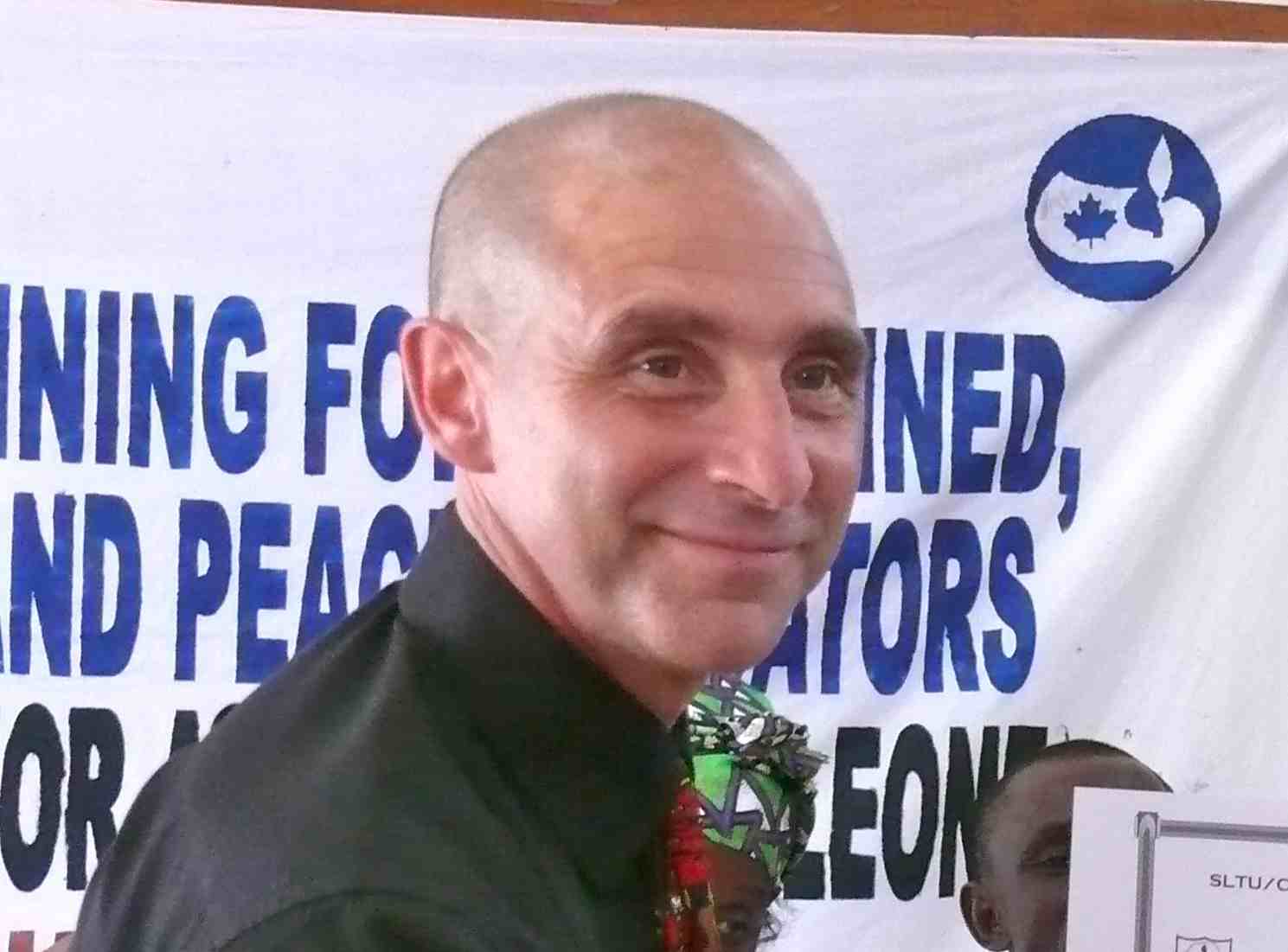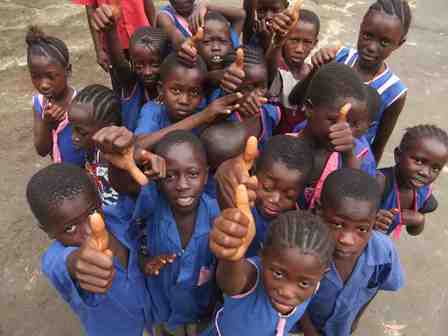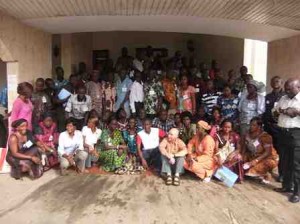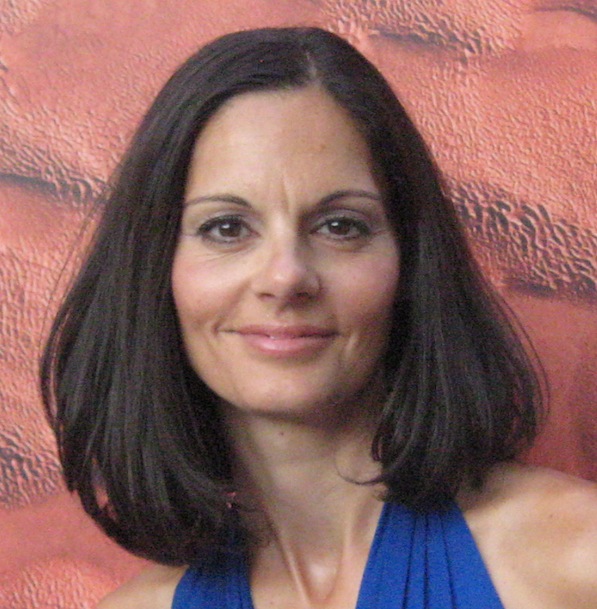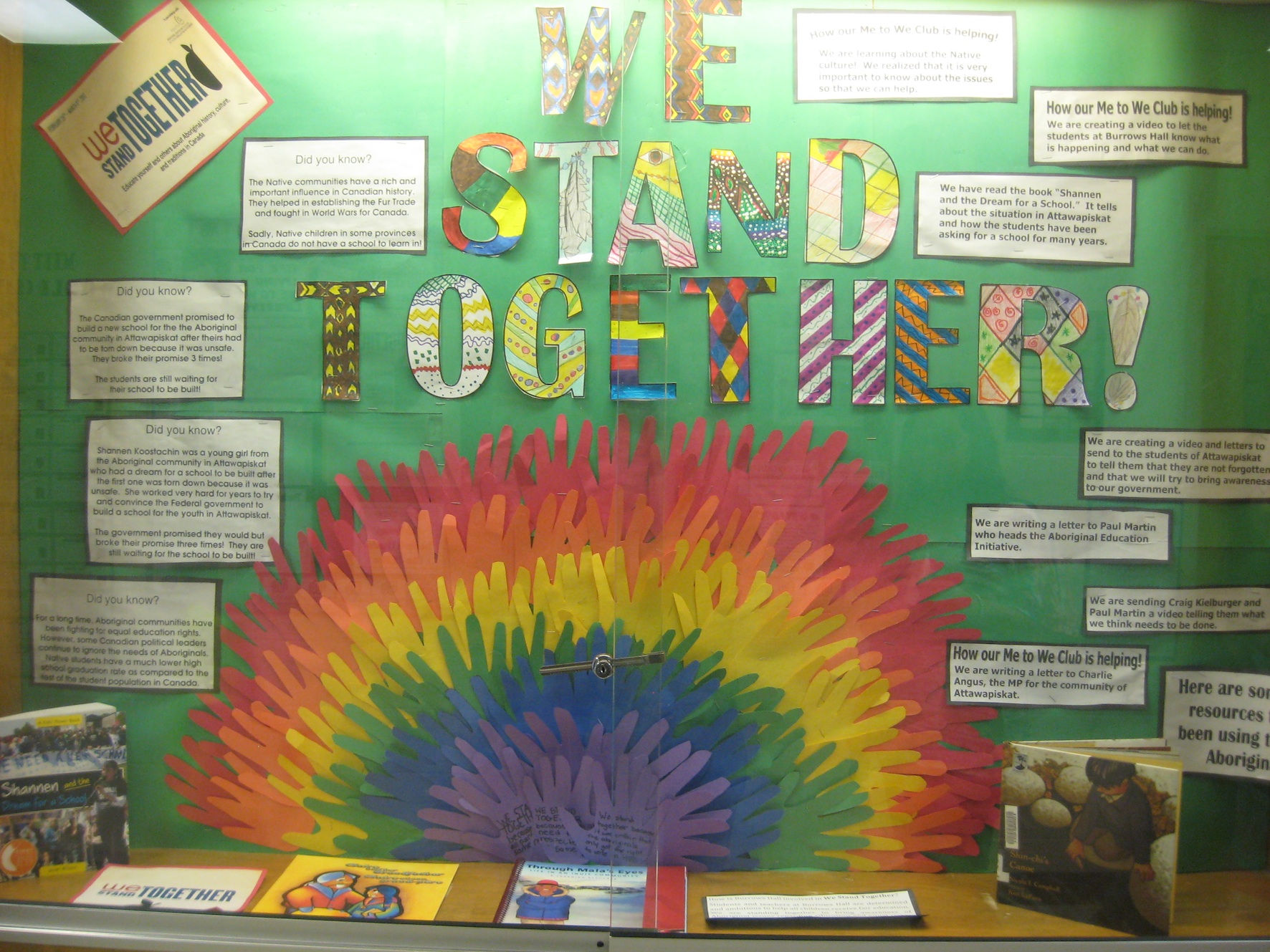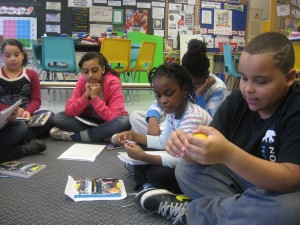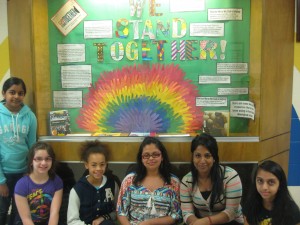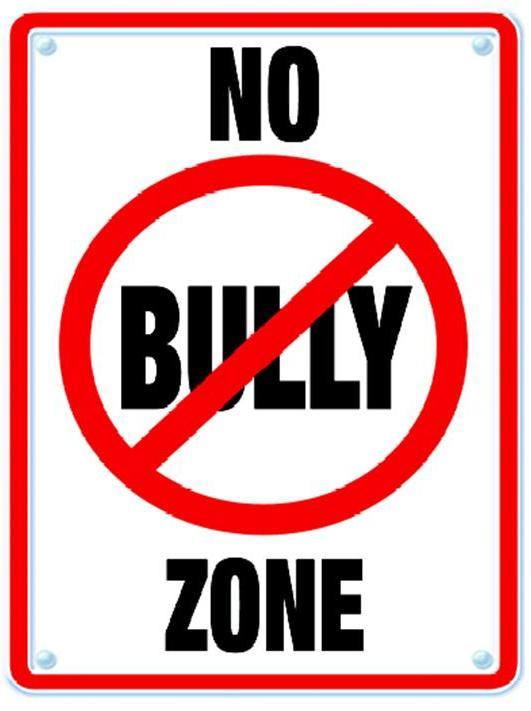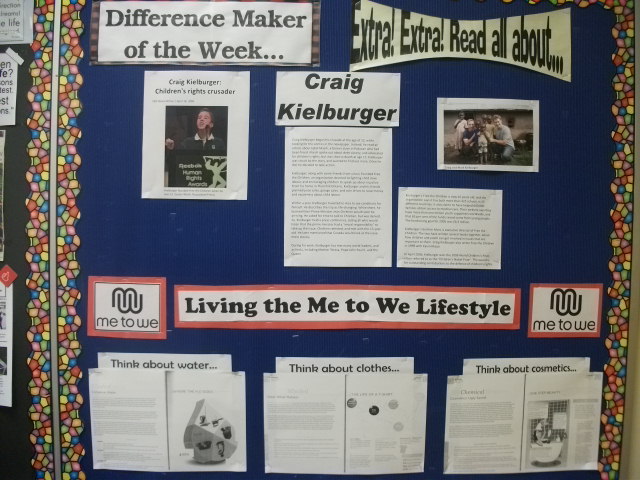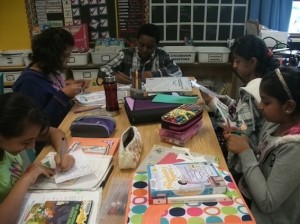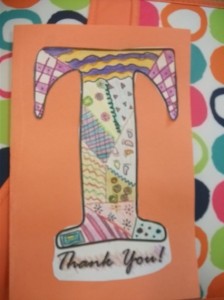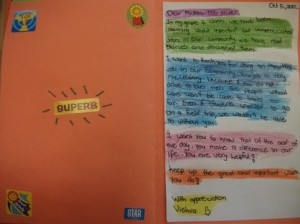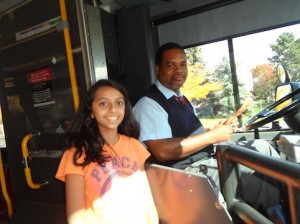Just a few more hours of marking. I can coach three teams this fall. Sure, I will gladly help out with the school musical. No, sorry I can’t spend time with you this weekend I have work to do. I will just have to cancel my time at the gym again for that parent meeting. Does this sound familiar? It is a fine balance between teaching, volunteering and personal wellness. Often we will sacrifice our own well being for the benefit of our class and school. It is extremely vital that each and everyone of us know what that balance looks like (teacher, partner, aunt, sister, daughter, Mom) and to ensure that we are buidling in time and/or activities that keep us physically, emotionally and professionally healthy.
What is the value of your ‘yes’, if you never say ‘no’. Over the course of my career this has made more and more sense to me. Sometimes life feels like that runaway snowball that just keeps building and building. It seems that nothing is ever taken away. My change came from a very profound moment I had with my young son many years ago. I was focussed on school work when he approached me and I quickly brushed him off and said, I am busy right now. He looked at me with his bright blue eyes and said, “That is okay Daddy, we can do it in the summer”. Needless to say, I had to re-examne my priorities. Did he really believe that family life only occurred in the summer? I soon found out that even if I did not get every paper marked, every lesson done or gave up a volunteer activity or two that life at school still went on and there was no loss in the quality of the program I delivered nor in the relationship I had with my students.
Today, well into the years of my career I have learned that I can still put 100 percent of my effort into my class and school during the day, have time for my family and most importantly stay healthy. I hope that this message can be learned by others faster than it was for me. A healthy teacher is more likely to have a healthy classroom. Your career is not a sprint, but rather a marathon. You are the most important asset in your classroom, take care of yourself.

